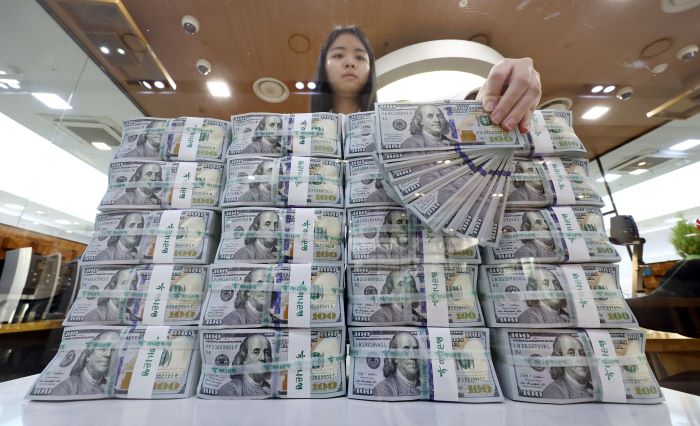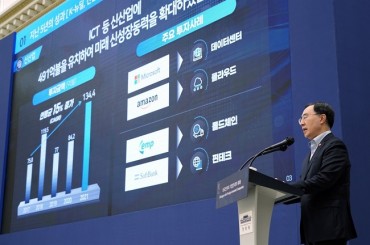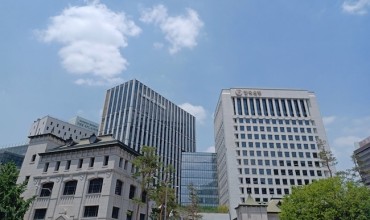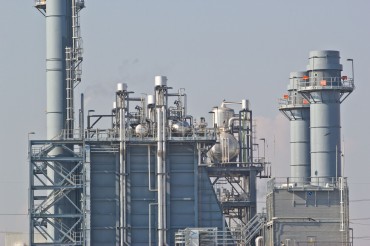
An employee organizes dollars at the counterfeit countermeasures center at Hana Bank’s headquarters in central Seoul. (Yonhap)
SEOUL, Feb. 10 (Korea Bizwire) – South Korea may face an outflow of foreign investment from its financial market should the widely anticipated U.S. rate cuts be further delayed, according to a report Saturday.
The report from the Korea Center for International Finance (KCIF) noted that current conditions remained favorable for a steady rise in foreign investment, citing the upcycle in the semiconductor industry.
“Favorable conditions for an inflow of foreign capital have been created for now, considering the shift in global monetary policy and the upcycle in the information technology sector,” the report said.
It added, however, “There exists a need to be mindful that the possibility of an outflow remains high until a soft landing of the U.S. economy and rate cuts by the U.S. Federal Reserve become visible.”
Foreign investment in the South Korean market has been on the rise since November, with foreigners net purchasing 11.2 trillion won (US$8.43 billion) worth of local shares and 3.9 trillion won worth of bonds in the November-January period, according to the KCIF.
U.S. interest rates have remained higher than those of South Korea since September 2022, and currently remain up to 2 percentage points higher.
The report attributed the recent rise in foreign investment here to large drops in recent years.
According to the report, foreign investment dropped by a net 21 trillion won in the 2020-2022 period, creating a large enough “room” for future inflows.
In January, foreign investment in listed firms here accounted for 33.0 percent of total market capitalization, compared with a five-year average of 34.4 percent.
(Yonhap)






